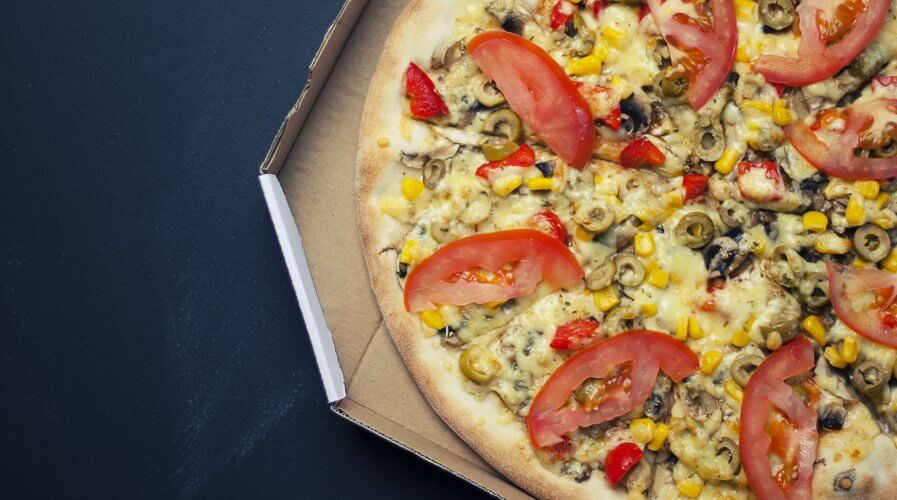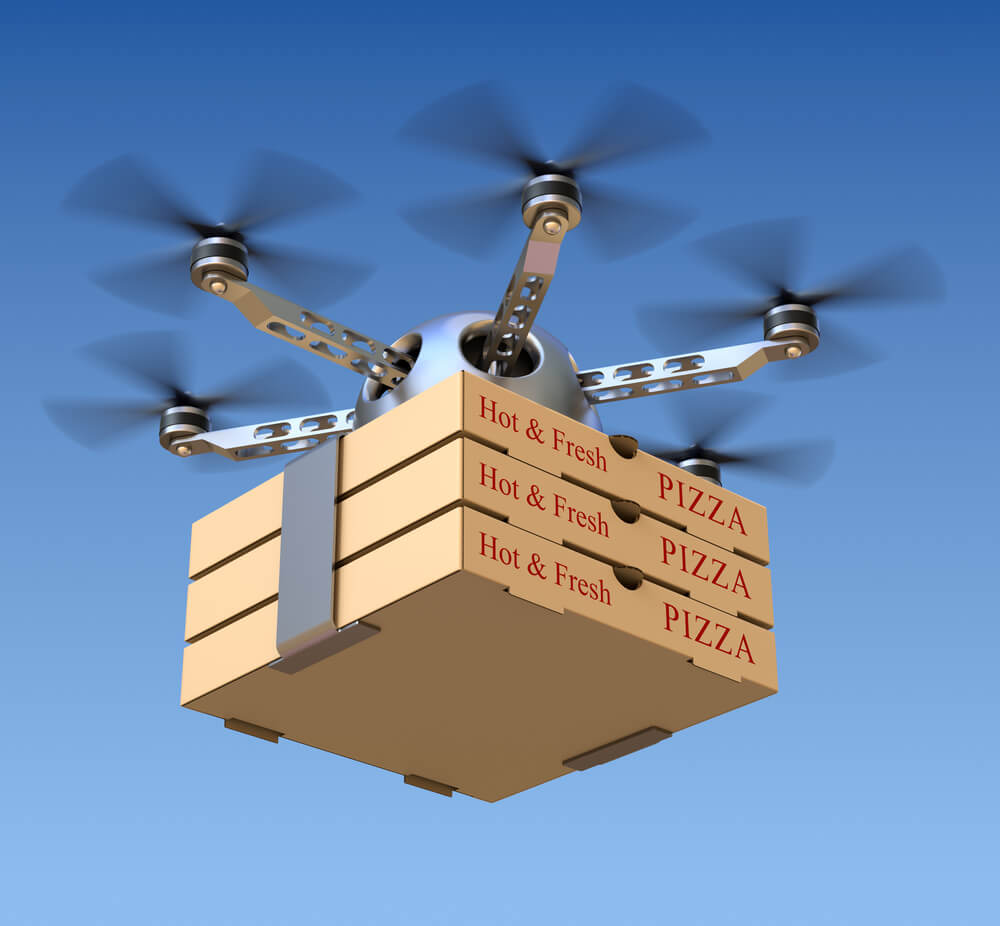
Domino’s voice assistant Dom answers if you ask, “Where’s my pizza?” | Source: Pixabay
Domino’s bets on digital to dominate
ASK anyone and they’ll you that selling online isn’t easy. Especially food. However, Domino’s has managed to bring in 60 percent of its business through digital channels.
The company has been steadily ramping up its efforts to establish itself on the internet since the late-2000s, and over the past ten years, made significant bets on technology.
Domino’s Chief Digital Officer Dennis Maloney in a recent interview said:
We used to be a pizza company that sells online and we needed to become an e-commerce company that sells pizza. That was one of the biggest aha moments that caused a lot of conversation within the company.
When the company chose to put a camera in one of its kitchens in Salt Lake City back in 2013 to live-stream the action behind the counters, Domino’s made headlines for its commitment to technology.
And although customers didn’t flock to watch, the initiative strengthened its technology agenda in the boardroom.
The next year, the company created an app that allowed customers to order and pay directly from their Ford cars. And it made headlines again.
By the end of the year, the company threw a punch that took its competition by surprise. It launched Dom, a Siri-like ordering app that provided customers with a conversational experience and helped make ordering a super easy job.
#HappyBirthday to our trusty voice-ordering assistant Dom from the Domino’s app. Believe it or not, he’s one today. pic.twitter.com/OYvj8qhDDj
— Domino's Pizza (@dominos) June 17, 2015
The app was a huge success according to many experts, not only for the novelty and excitement it generated but also for the impression it created – Domino’s was a digital-native company.
To strengthen that image, the pizza delivering giant went on to make a few more investments in technology:
The company came up with a vehicle that could keep 80 pizzas warm from “store to door”. Dubbed the DXP, the vehicle featured a driver’s seat – and was still cool because it was 2015 and driverless cars weren’t mainstream yet.

Domino’s outdid itself in 2017 by making drone deliveries in Ann Arbor, US. Source: Shutterstock
In 2016, the company did something more user-friendly. Enabled customers to order pizza using a pizza emoji. Nothing radical, but a great UI/UX option.
Next year, Domino’s went all out on technology. It launched the AnyWare campaign and the technology to support it.
Users could now order pizza anywhere – via calls, texts, tweets, on Facebook messenger, using Slack, on the Samsung TV remote, via Dom, Amazon’s Alexa and Echo, or even through the Google Home system – among others.
But the company wasn’t finished with it’s drive for digital. It outdid itself in 2017.
Aside from nearly perfecting its AnyWare ordering service, the company made global headlines by trialing drone-deliveries in New Zealand and driverless car deliveries in Ann Arbor, United States.
Some argue Domino’s investments in technology are inevitably going to reduce the jobs it offers.
However, the company points out that the loss in headcount due to driverless vehicles and other innovations will be made up for by the new jobs created to manage its investments in innovative technologies.
It’s clear that the company’s focus on technologies has earned it a top spot in the minds of customers, in the US and the rest of the world – which has positively affected the company’s cashflows and wealth.
People seem to love how easy it is to order from Domino’s – ask your neighbor, yourself, or even Dom – and you’ll know for sure.
READ MORE
- The criticality of endpoint management in cybersecurity and operations
- Ethical AI: The renewed importance of safeguarding data and customer privacy in Generative AI applications
- How Japan balances AI-driven opportunities with cybersecurity needs
- Deploying SASE: Benchmarking your approach
- Insurance everywhere all at once: the digital transformation of the APAC insurance industry




